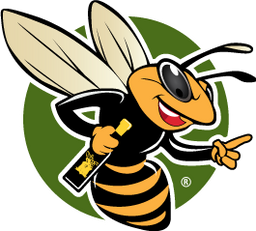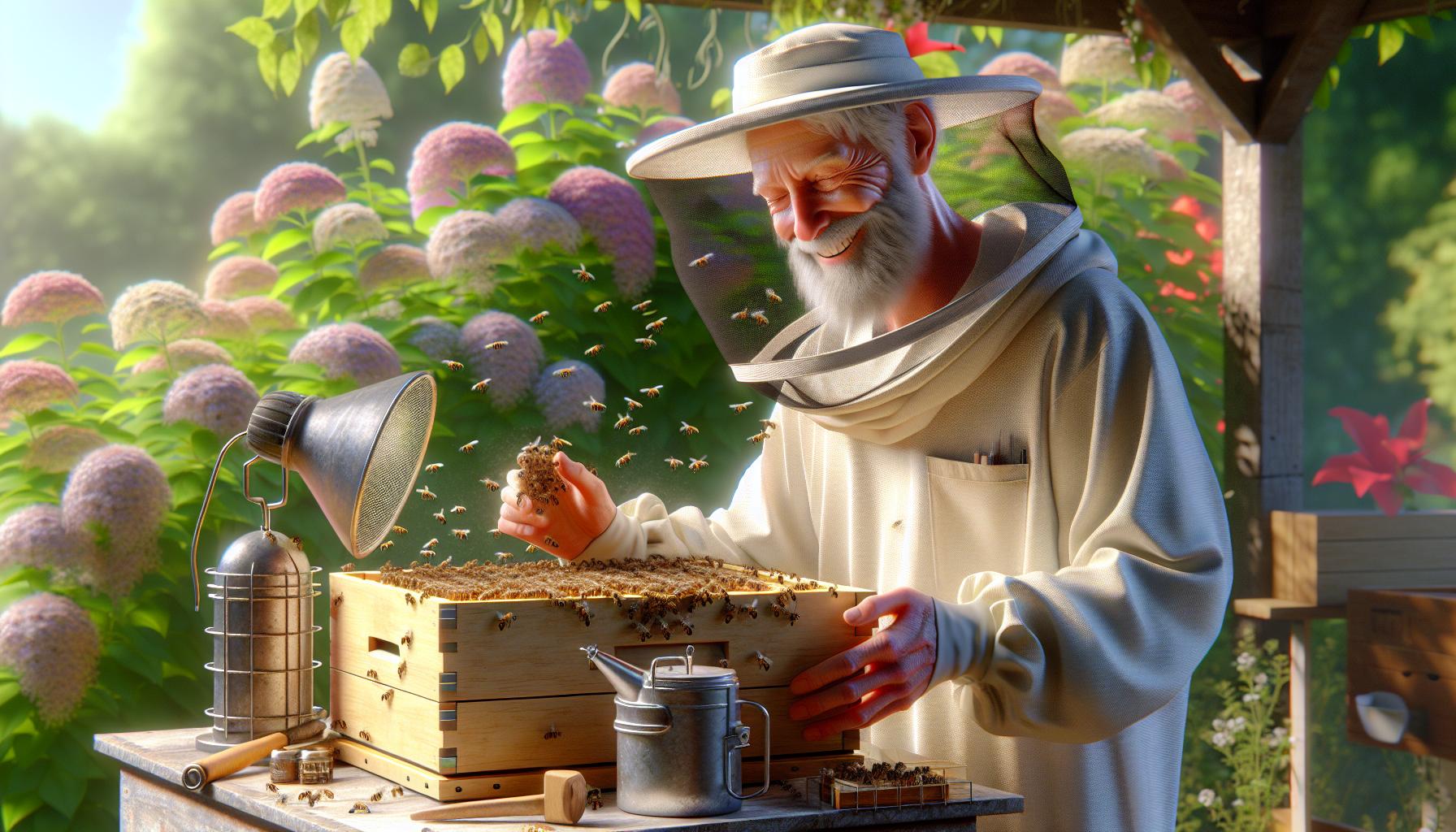Beekeeping is more than just a pastime; it plays a crucial role in supporting biodiversity and agricultural productivity. With the increasing popularity of beekeeping, understanding the essential bee hive supplies becomes critical to maintaining healthy colonies and harvesting honey successfully. Whether you're a beginner or an experienced beekeeper, having the right equipment ensures efficiency, safety, and sustainability in your apiary.
Understanding Essential Bee Hive Supplies
Selecting the proper supplies is vital for a thriving beekeeping experience. The necessary items range from protective gear to hive components and specialized tools for hive maintenance and honey extraction.
Hive Components
-
Beehives – The most common hives include Langstroth, Top-bar, and Warre hives, each designed for different management styles and colony sizes.
-
Frames – Frames hold the wax foundation where bees build their comb. They come in various sizes to fit different hive models.
-
Foundation – Typically made of wax or plastic, foundations encourage bees to construct orderly comb structures, essential for honey production and brood rearing.
Protective Gear
-
Bee Suit – A full-body suit is essential for protection against stings. Light-colored, breathable suits reduce aggression from bees and enhance comfort.
-
Gloves – Thick yet flexible gloves, made from leather or synthetic materials, provide hand protection while allowing dexterity.
-
Veil – A properly fitted veil protects the face and neck from bee stings, ensuring safety during hive inspections.
Hive Tools and Equipment
-
Hive Tool – This multi-functional tool helps in prying open hive boxes, scraping off excess wax, and handling frames with ease.
-
Smoker – A beekeeper’s best friend, the smoker calms bees by masking alarm pheromones, making hive inspections and honey extraction more manageable.
-
Feeders – These provide supplemental nutrition when nectar sources are scarce, helping colonies remain strong throughout the year.
Maintenance and Harvesting Supplies
-
Pest Treatments – Essential for controlling threats like Varroa mites, small hive beetles, and other common beekeeping pests.
-
Honey Extractor – Used to spin honey from frames without damaging the comb, allowing for sustainable honey harvesting.
-
Storage Containers – Airtight, food-grade plastic or glass containers help preserve honey and maintain its quality for consumption or sale.
Choosing the Right Hive Equipment
Hive Bodies and Frames
Hive bodies serve as the foundation of the colony. Langstroth hives, featuring vertically stacked boxes, are widely preferred for honey production. Frames, which fit inside these boxes, support beeswax foundation where bees construct their combs. Wooden frames are common, though plastic alternatives offer durability and reusability.
Foundation and Wax Products
Foundation sheets guide bees in building uniform comb structures. Beekeepers can choose between natural beeswax or durable plastic foundations. Some prefer starter strips to encourage bees to build comb naturally. A proper foundation supports efficient hive management and enhances honey production.
Protective Gear for Safe Beekeeping
Bee Suits and Gloves
A full-body bee suit is essential for minimizing the risk of stings. Suits should be light-colored, breathable, and equipped with elastic cuffs to prevent bees from crawling inside. Gloves, typically made from leather or cotton, protect hands while allowing flexibility for handling frames and hive components.
Veils and Hive Tools
Veils safeguard the face and neck, preventing painful stings during hive inspections. Options include hooded veils attached to bee suits or separate veils with elastic bands for a secure fit. Hive tools assist beekeepers in lifting frames, breaking propolis seals, and managing hive boxes efficiently.
Additional Beekeeping Supplies for Success
Feeders and Pest Management
Supplemental feeding is crucial during nectar shortages. Different feeders, such as entrance feeders, hive-top feeders, and frame feeders, ensure colonies receive adequate nutrition. Regular pest control is also necessary, with treatments available for common threats like Varroa mites and foulbrood.
Honey Extractors and Bottling Equipment
A honey extractor simplifies the harvesting process by spinning the honey out of the comb while keeping it intact for reuse. Bottling tools, including filters and airtight containers, help maintain honey’s purity and extend its shelf life. Proper equipment ensures high-quality honey for personal use or commercial sale.
Conclusion
Beekeeping requires thoughtful preparation and the right set of tools for success. Protective gear ensures safety, while hive components facilitate healthy colony development. Additional equipment, such as feeders and extractors, enhances efficiency and honey production.
By investing in high-quality supplies and maintaining best practices, beekeepers contribute to both their success and the sustainability of bee populations. A well-equipped beekeeper nurtures thriving colonies, supports biodiversity, and enjoys the sweet rewards of a flourishing apiary.
Frequently Asked Questions (FAQs)
1. What are the essential supplies for beginner beekeepers?
Beginner beekeepers should invest in a Langstroth hive, protective gear (bee suit, gloves, and veil), essential tools (hive tool, smoker), and frames with foundation for the colony to build comb.
2. How do I choose the right type of beehive?
The choice depends on beekeeping goals and preferences. Langstroth hives are ideal for honey production, while Top-bar and Warre hives suit those seeking a more natural, low-maintenance approach.
3. What protective gear is necessary for beekeeping?
A full bee suit, gloves, and a veil are essential. The suit should be light-colored and breathable, gloves should allow dexterity, and the veil should provide full face and neck protection.
4. What tools are essential for hive maintenance?
Beekeepers need a hive tool for prying open boxes, a smoker to calm bees, and an extractor for efficient honey harvesting.
5. How can I keep my bee colony healthy?
Regular inspections, supplemental feeding when necessary, pest control treatments, and ensuring proper hive ventilation are all crucial for maintaining a strong and productive bee colony.



